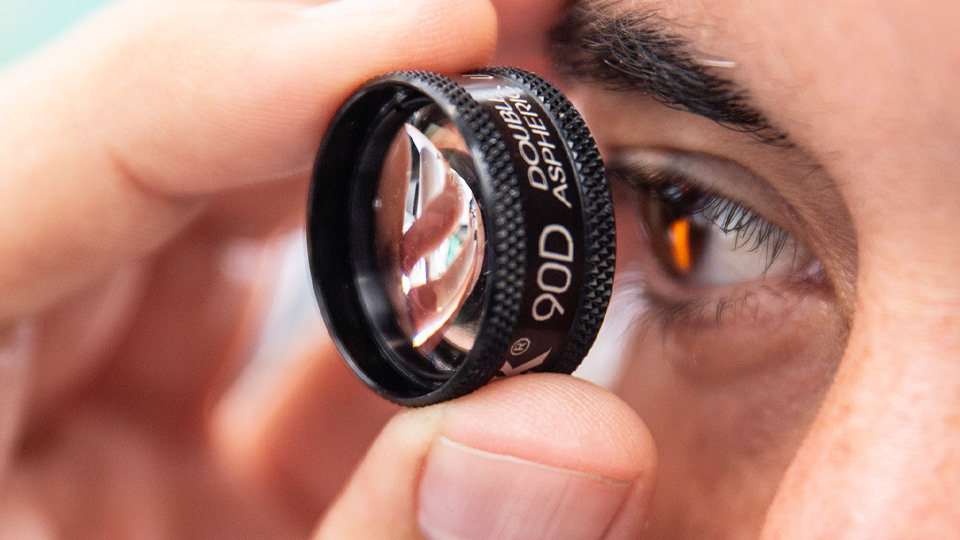All about the skin around the eyes and “drooping” eyelids
04/04/2025

19/09/2023
Age-related macular degeneration (AMD) is an eye disease that mainly affects people over 50 years old and can have a significant impact on quality of life. There are two main forms of AMD: dry (or atrophic) and wet (or exudative). The wet form, although less common, can cause a faster and more severe loss of vision. Fortunately, significant advances have been made in its treatment in recent years, giving hope to many patients.
The most commonly used treatment for wet AMD is the use of anti-angiogenic drugs. These drugs, such as ranibizumab, aflibercept, brolucizumab, or faricimab, are administered via intravitreal injections directly into the inside of the eye (vitreous cavity). The administration, carried out in an operating room or specially designated room, under strict aseptic conditions, is practically painless, thanks to the instillation of anaesthetic drops.
Anti-angiogenic drugs work by blocking the formation of new abnormal blood vessels in the retina, thus reducing bleeding and fluid leakage that characterize wet AMD. This approach has proven to be highly effective in stabilizing and, in some cases, even improving vision in these patients.
Photodynamic therapy, which involves the intravenous injection of a drug that is subsequently activated by a laser, was the treatment of choice for patients with wet AMD before intravitreal injections appeared. Currently, this treatment has been relegated to a second therapeutic option, as anti-angiogenic drugs achieve markedly superior anatomical and visual acuity results. However, in some subtypes of AMD, such as polypoidal choroidal vasculopathy, it still has a clear indication, usually associated with intravitreal injections.
It is important to highlight that the treatment of wet AMD is an ongoing process and requires regular follow-up with the ophthalmologist. Intravitreal injections are generally administered at regular intervals determined by the doctor, and regular check-ups are conducted to evaluate the response to treatment and make adjustments if necessary.
While the current treatment has proven to be effective, it is fundamental for patients with wet AMD to undergo regular eye examinations and seek early medical attention. Early detection and initiation of treatment can help preserve vision and prevent severe complications.
Dr. Maria José Capella, ophthalmologist at the Barraquer Ophthalmology Centre